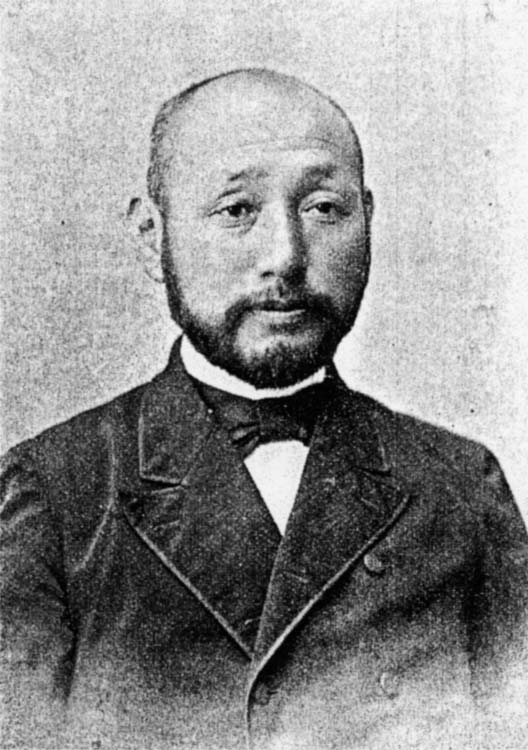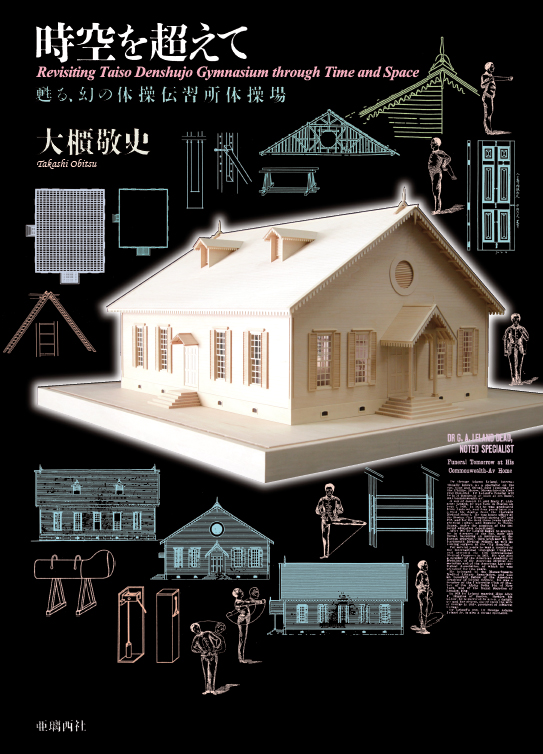Tsuboi was born in Onikoshi, Katsushika District, Shimosa Province (today’s Ichikawa City in Chiba prefecture) as the second son of a farmer.
In 1866, he entered the Kaiseijo of the Edo shogunate to study English. The Kaiseijo was an institution for western sciences established in 1862 and is one of the forerunners of Tōkyō University. 1871 he was among the first few graduates (at the then-called Daigaku Nankō). Since July the same year, he served as a teacher at Tōkyō Normal School (now the University of Tsukuba). While working as an interpreter for the physical education teacher George Adams Leland (1850-1924), who came from the United States in 1878, he studied physical education and learned about the importance of physical exercise. In 1878, he became a teacher at the Taisō Denshūjo (National School of Gymnastics, 1878-1886), also founded by Leland as an institution for the education of physical education teachers.

1886, the Tōkyō Normal School absorbed the National School of Gymnastics, and from 1886 he served as an associate professor at the Tōkyō Higher Normal School. In 1885, he published a play instruction book for children, “The Method of Outdoor Games” (Kogai Yūgi-hō), together with Tanaka Seigyō, a graduate and teacher at the National School of Gymnastics. This book introduces about 21 games. In 1887, he published “The Method of Regular Gymnastics” (Futsū Taisō-hō). In it, Tsuboi proposed a theory of physical education that combines rationalistic light exercise (regular physical exercise, futsū taisō) and naturalistic play, and discussed the necessity of adding physical exercise as a compulsory subject at school. Since 1890 he served as a professor at Tōkyō Higher Normal School and Tōkyō Women’s Normal School (now Ochanomizu Women’s University), and the Physical Exercises Institute of the Physical Education Association of Japan (now Nippon Sport Science University). In 1896 he assumed office as the director of the Tōkyō Higher Normal School football club founded the same year (now: University of Tsukuba Football Club).
In 1900, he studied abroad in England together with painter Kuroda Seiki (1866-1924) and composer Taki Rentarō (1879-1903) and returned to Japan the following year. He brought back official table tennis equipment from England, from which modern-style table tennis originated in Japan. In 1903, he wrote a preface to “Association Football” published by his student, Nakamura Kakunosuke (1878-1906; the founding father of Japan’s soccer). This year he was awarded the Order of the Sacred Treasure, 5th Class. In 1909, together with Japanese physical educator Kani Isao (1874-1966), Tsuboi introduced dodge ball competition to Japan for the first time under the name of “enkei deddobōru” (circular dead ball). In the same year, he was awarded the Order of the Sacred Treasure, Gold Rays with Rosette, 4th Class and retired as a professor of Tōkyō Higher Normal School and Tōkyō Women’s Normal School. In April 1922, he became the honorary principal of Tōkyō Women’s Physical Exercises Academy (now Tōkyō Women’s College of Physical Education) but died in November. His grave is located in the Shinjoji in Bunkyō, Tōkyō. In 2006 he was entered into the Japan Soccer Hall of Fame.

Translated from: Japanese Wikipedia
© 2020, Andreas Quast. All rights reserved.
